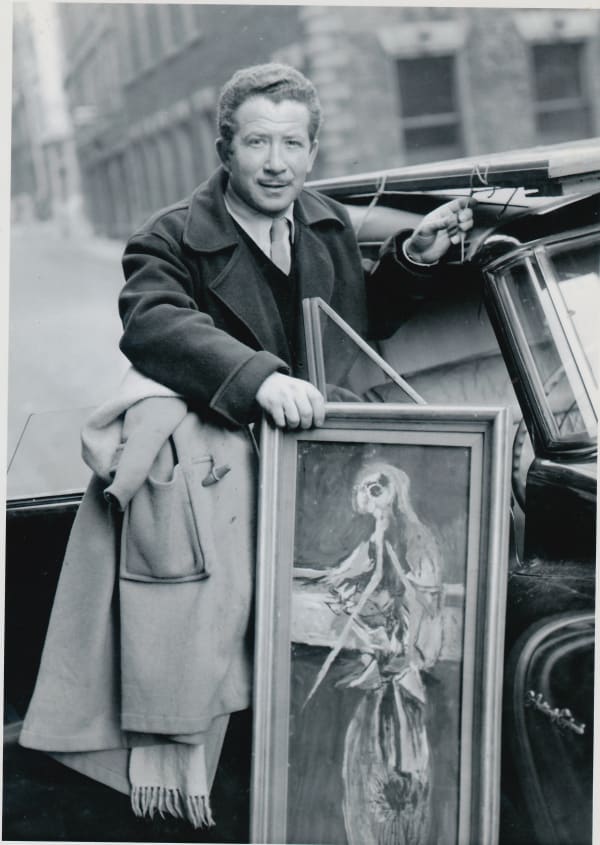This major new exhibition, open from the 17 July to 9 August, tells the story of the pioneering émigré dealers and publishers who revolutionised Britain’s art world.
Brave New Visions shows how in bleak post-war London, a group of émigrés who had found sanctuary in Britain in the 1930s re-made their lives and introduced avant-garde European and British artists such as Naum Gabo, Oskar Kokoschka, Kurt Schwitters, Graham Sutherland and Ben Nicholson to the broader public.
Featuring over 40 paintings and sculptures, alongside unique documentary material, the exhibition reveals the little-explored narrative that binds the founders of what are now some of the best known establishments on the London art scene, including Marlborough Fine Art, Crane Kalman Gallery, Annely Juda Fine Art and Gimpel Fils.
Fellow émigrés Béla Horovitz and Ludwig Goldscheider at Phaidon, and Walter Neurath and Eva Feuchtwang at Thames & Hudson, led a parallel revolution in the staid world of British publishing. They provided an international platform for European scholarship in affordable and seminal art books such as Ernst Gombrich’s best-selling The Story of Art and the World of Art Library while raising standards of design and reproduction.
"Andras Kalman left Hungary just before the start of WW2 to study English and leather chemistry at Leeds University. After the war, he discovered that his entire family had perished in the Holocaust. He went on to open Manchester's first commercial contemporary gallery in a former air raid shelter.
He used his famous Hungarian charm to persuade London dealers and the new generation of British artists to lend him work, which he often transported on the roof rack or back seat of his Morris Minor. The same charm and enthusiasm attracted visiting stars of stage and film, and soon built a loyal following among the cultural elite.
His earliest exhibitions in Manchester included a Lucian Freud and John Craxton show, and work by Graham Sutherland and Henry Moore. The post-war Manchester public was slow to buy, but one of his rare sales was to Salford-based artist L.S. Lowry, marking the begining of a life-long freindship.
Kalman moved to London in 1957 and opened the Crane Kalman Gallery on Brompton Road, specialising in artists he considered critically underrated. The Lonliness of L.S. Lowry, an exhibition of disturbing images of society's down-and-outs in 1968, was part of Kalman's campaign to win wider offical recognition for the artist. At the same time he continued to exhibit important work by Ben Nicholson and Graham Sutherland as well as making new discoveries among the next generations of artists, favouring artists who demonstrated 'Britishness' in their work. He and his wife, Dorothy, built up an unrivalled collection of English folk art, now housed at Compton Verney" - Text from the exhibition.
